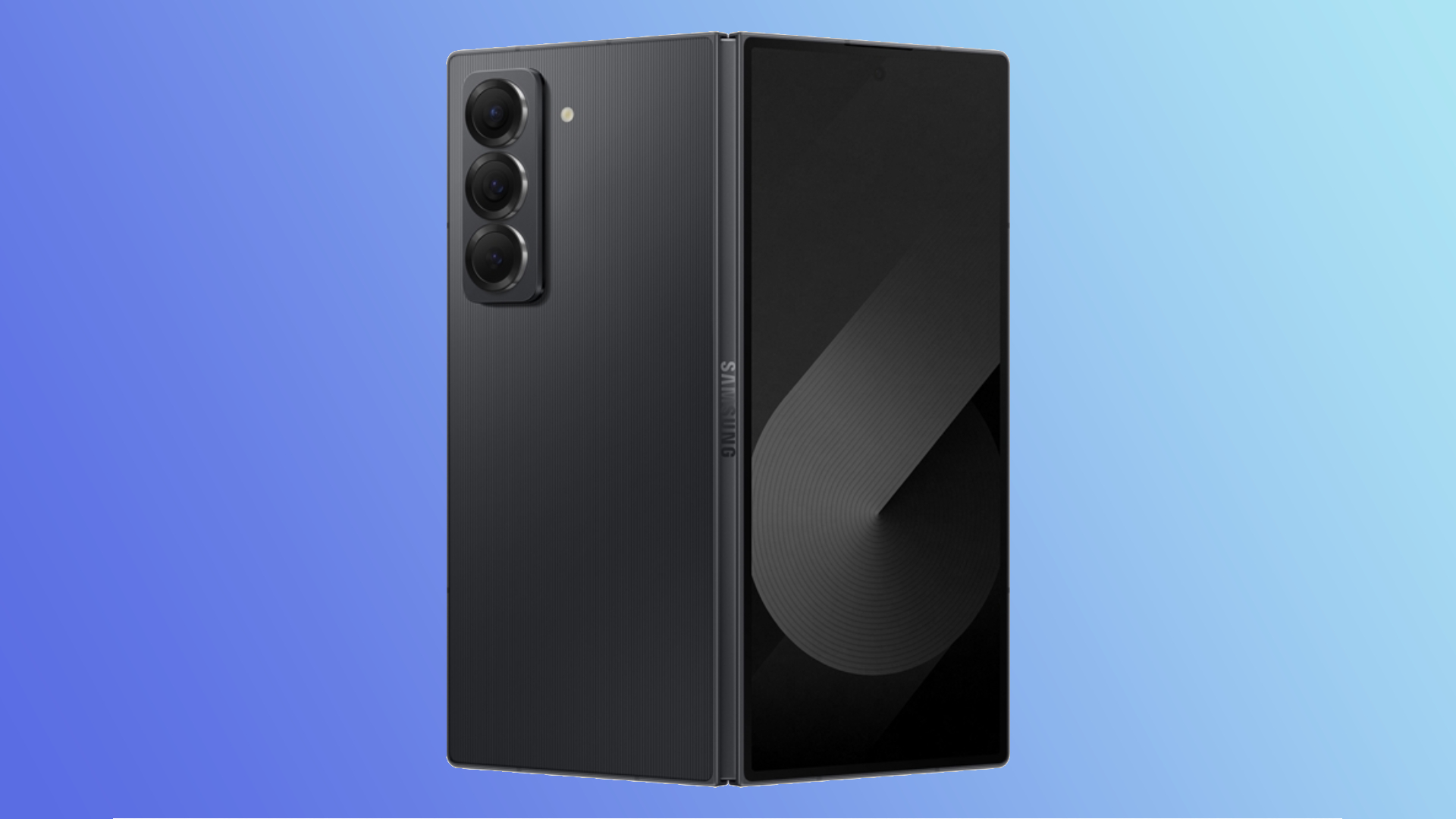The new Samsung Galaxy Z Fold Special Edition fixes 3 of the Z Fold 6's major issues
Exclusive enhancements

Samsung has officially announced the Galaxy Z Fold Special Edition, which is thinner and lighter than the Galaxy Z Fold 6 while sporting larger displays and an improved camera system.
The Z Fold Special Edition also comes with 16GB of RAM to support a “‘Galaxy AI’ experience optimized for foldables” and the Snapdragon 8 Gen 3 for Galaxy chipset. We’ve yet to hear about how much storage the unit ships with.
The Galaxy Z Fold Special Edition will only be available in South Korea when it launches on October 25, and the sole Black Shadow color option will cost 2,789,600 won (or roughly $2,000 / £1,550 / AU$3,000).
Leaks have pointed to a South Korea release for months, but the rumored China launch remains unconfirmed. There are currently no signs of a wider global release.
The official announcement includes comments from Sung-Taek Lim, executive vice president of Samsung Korea, who called the Galaxy Z Fold Special Edition a “gesture of gratitude to domestic consumers who are leading the foldable market”.
We hope the upgrades given to the Z Fold Special Edition will make their way to the next globally released Z Fold phone – but the Z Fold 6 was just released back in August, so we might be waiting a while to find out.
With that in mind, here’s a rundown of the major upgrades coming to the Z Fold Special Edition.
Sign up for breaking news, reviews, opinion, top tech deals, and more.
Larger, wider displays
The Galaxy Z Fold Special Edition has a 6.5-inch outer display and 8-inch inner display, as compared to the 6.3-inch outer and 7.6-inch inner displays of the Galaxy Z Fold 6.
These enlargements bring Samsung back in line with its competitors, as the Z Fold 6 didn't quite catch up to rival phones like the OnePlus Open and Google Pixel 9 Pro Fold when it comes to display size. And with an aspect ratio of 21:9, the outer display on the Special Edition is proportionally wider than the skinny 22:9 cover screen of the Z Fold 6.
The Galaxy Z Fold Special Edition marks the first increase in inner display size since the Z Fold 2 released in 2020, and boasts the same almost-square 20:18 aspect ratio as the inner display on the Z Fold 6.
A properly flagship camera
The Samsung Galaxy Z Fold Special Edition may mark a turning point for the Z Fold series by finally offering a comparable photography experience to Samsung’s flagship slab phones.
The Z Fold Special Edition comes equipped with a 200MP main wide camera, the same resolution as the main camera on the Samsung Galaxy S24 Ultra. This is a major step up from the 50MP main camera affixed to the Z Fold 6; at least on paper.
Our Samsung Galaxy Z Fold 6 review found its 50MP camera to be a frustrating oversight. So we’re glad to see steps towards parity with Samsung’s other ultra-premium phone and hope to see the same steps taken with the next global Z Fold release.
Thinner and lighter
Though the race to produce thinner slab phones has been over for years, in the foldable world it’s just heating up.
The Samsung Galaxy Z Fold Special Edition boasts a folded thickness of 10.6mm, shaving off an impressive 1.5mm as compared to the Z Fold 6.
At 236g, it’s also 3g lighter than the Z Fold 6 – a modest improvement, but still a welcome boost for one handed use.
This means the Z Fold Special Edition is both thinner and lighter than most other flagship folding phones, slimmer than both the OnePlus Open or Google Pixel 9 Pro Fold but still beaten by the Honor Magic V3.
We’d like to see Samsung keep the same competitive spirit when it comes to the design of the next global Z Fold phone, too.
As mentioned, we aren’t likely to see a global release for the Samsung Galaxy Z Fold Special Edition, but we’d otherwise have expected to see this new phone land a spot on our lists of the best Samsung phones and best folding phones.
And as ever, for the latest updates be sure to check in with our Samsung phones coverage.
You might also like

Jamie is a Mobile Computing Staff Writer for TechRadar, responsible for covering phones and tablets. A lifelong tech-obsessive, Jamie began his writing career as a music blogger before studying journalism at Goldsmiths College, and joined TechRadar in 2024. He thinks the iPhone 5S is the greatest phone of all time, but is currently an Android user.
As well as reporting on the latest in mobile hardware, software, and industry developments, Jamie specialises in features and long-form pieces that dive into the latest phone and tablet trends. He can also be found writing for the site's Audio and Streaming sections from time to time, or behind the decks as a DJ at local venues around London.